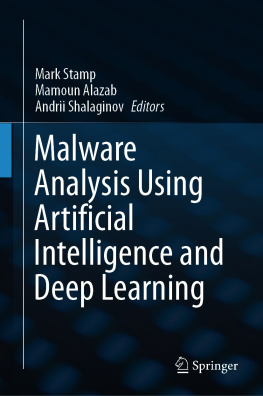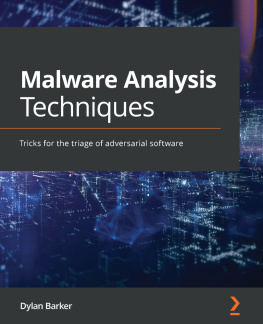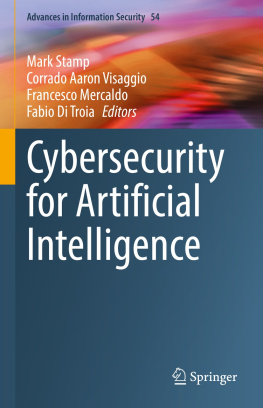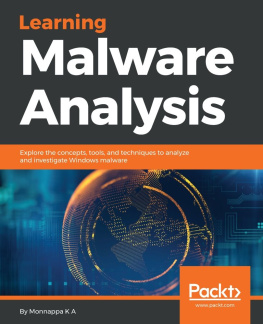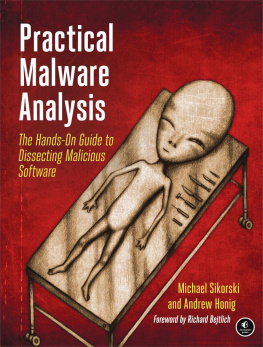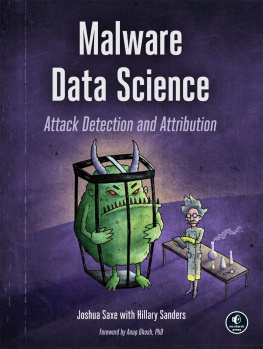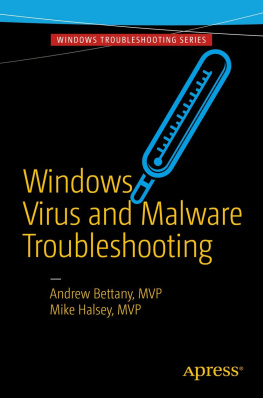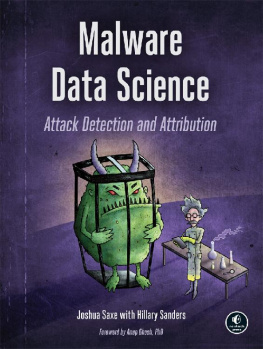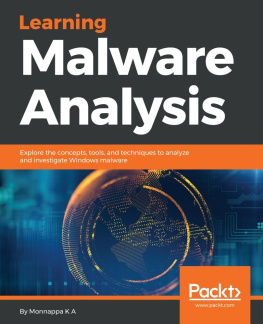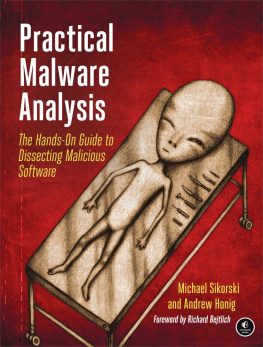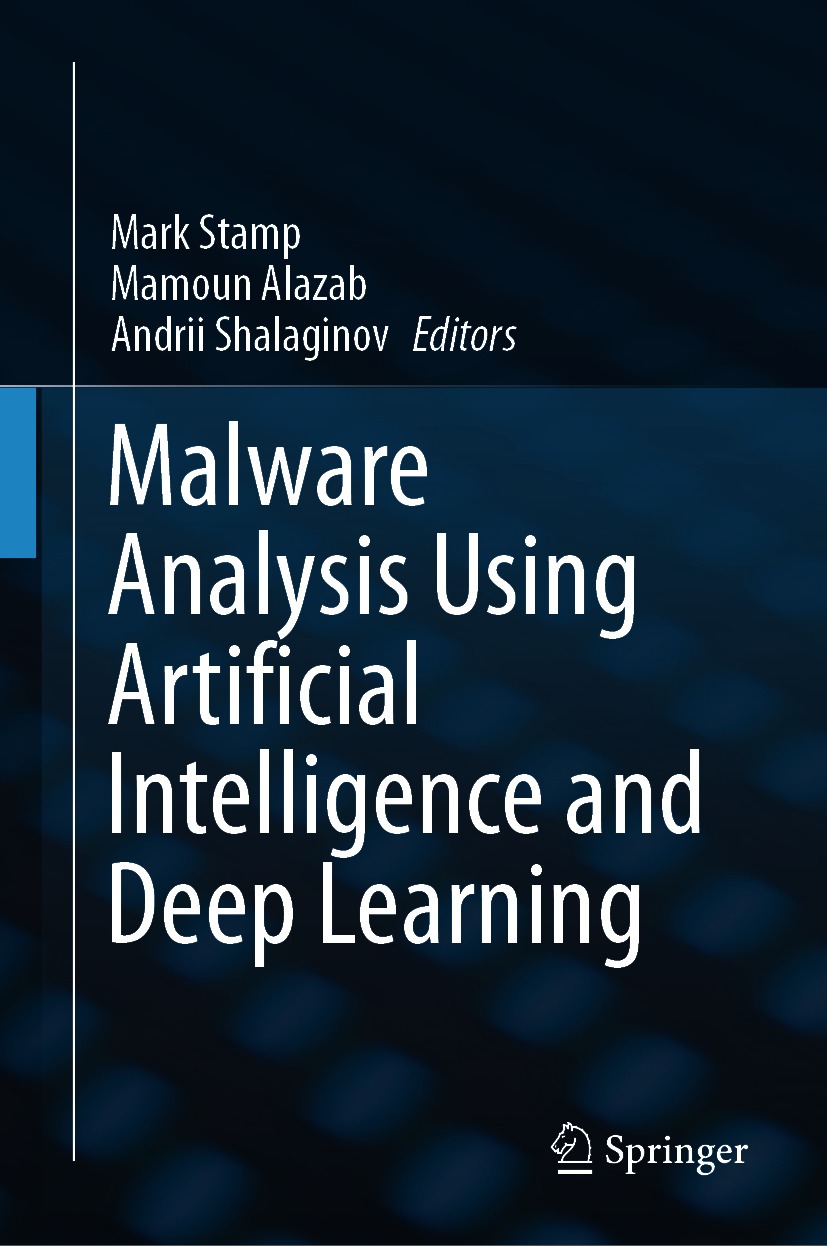Mark Stamp - Malware Analysis Using Artificial Intelligence and Deep Learning
Here you can read online Mark Stamp - Malware Analysis Using Artificial Intelligence and Deep Learning full text of the book (entire story) in english for free. Download pdf and epub, get meaning, cover and reviews about this ebook. City: Cham, year: 2021, publisher: Springer, genre: Computer / Science. Description of the work, (preface) as well as reviews are available. Best literature library LitArk.com created for fans of good reading and offers a wide selection of genres:
Romance novel
Science fiction
Adventure
Detective
Science
History
Home and family
Prose
Art
Politics
Computer
Non-fiction
Religion
Business
Children
Humor
Choose a favorite category and find really read worthwhile books. Enjoy immersion in the world of imagination, feel the emotions of the characters or learn something new for yourself, make an fascinating discovery.
- Book:Malware Analysis Using Artificial Intelligence and Deep Learning
- Author:
- Publisher:Springer
- Genre:
- Year:2021
- City:Cham
- Rating:4 / 5
- Favourites:Add to favourites
- Your mark:
Malware Analysis Using Artificial Intelligence and Deep Learning: summary, description and annotation
We offer to read an annotation, description, summary or preface (depends on what the author of the book "Malware Analysis Using Artificial Intelligence and Deep Learning" wrote himself). If you haven't found the necessary information about the book — write in the comments, we will try to find it.
This book is focused on the use of deep learning (DL) and artificial intelligence (AI) as tools to advance the fields of malware detection and analysis. The individual chapters of the book deal with a wide variety of state-of-the-art AI and DL techniques, which are applied to a number of challenging malware-related problems. DL and AI based approaches to malware detection and analysis are largely data driven and hence minimal expert domain knowledge of malware is needed.
This book fills a gap between the emerging fields of DL/AI and malware analysis. It covers a broad range of modern and practical DL and AI techniques, including frameworks and development tools enabling the audience to innovate with cutting-edge research advancements in a multitude of malware (and closely related) use cases.
Mark Stamp: author's other books
Who wrote Malware Analysis Using Artificial Intelligence and Deep Learning? Find out the surname, the name of the author of the book and a list of all author's works by series.

